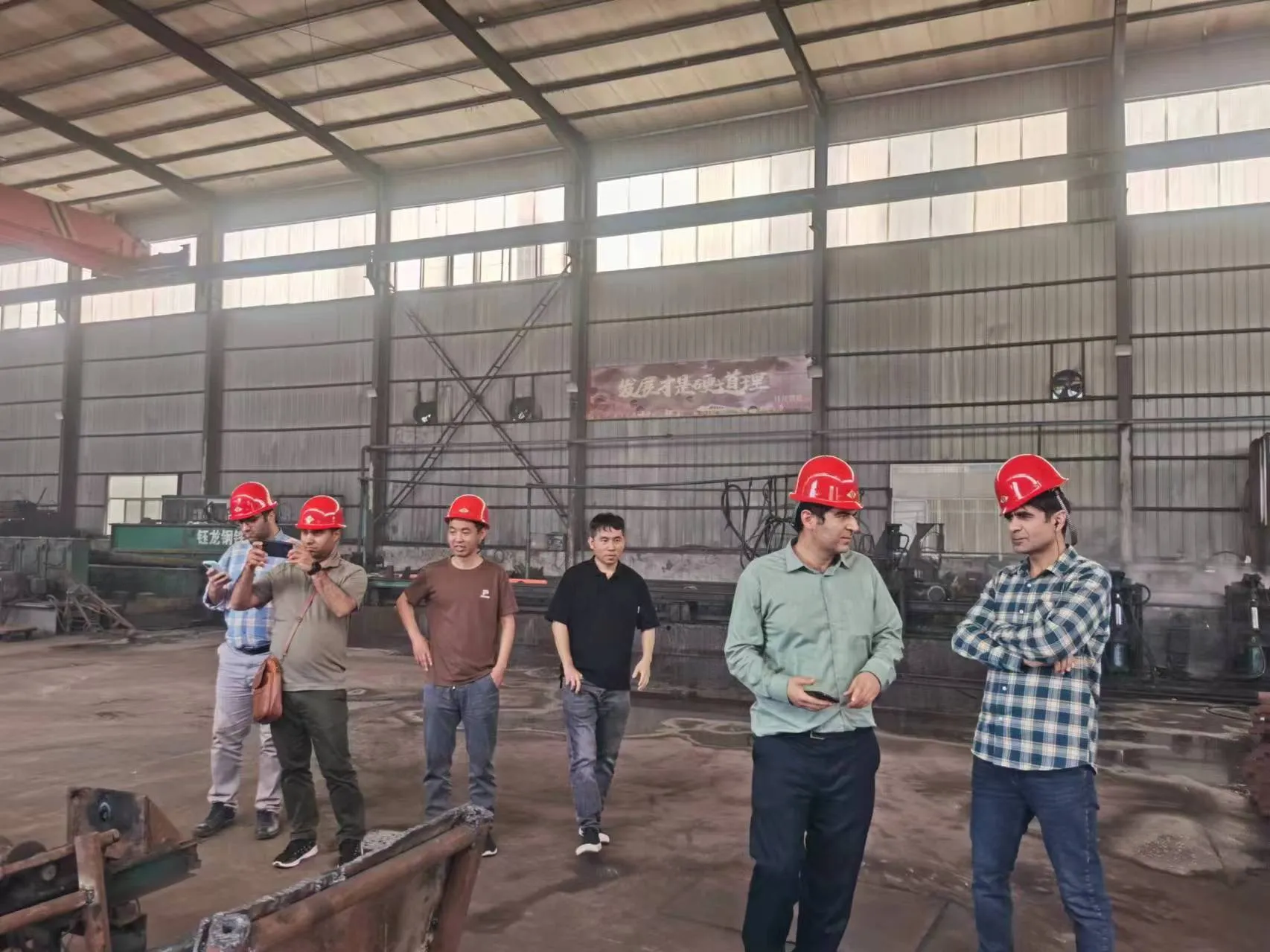Current location:
ansi b16 20
Date:2025-08-18 05:41:50 Read(143)

All Types of Coupling Understanding the Connections in Mechanical Systems Coupling is a crucial concept in mechanical engineering, representing the connection between two separate systems or components that allows for the transfer of energy, motion, or information. Understanding the different types of coupling is essential for designing effective mechanical systems, ensuring efficient operation, and facilitating maintenance and repair. This article explores the various types of coupling, highlighting their characteristics, applications, and importance in modern engineering. 1. Rigid Coupling Rigid couplings are designed to join two shafts or components together firmly. They are typically made from materials like metal and do not allow any relative motion between the connected parts. Rigid couplings are ideal for applications where precision alignment is critical since they maintain the same angular velocity and eliminate backlash. Common applications include conveyors, pumps, and various rotating machinery. However, they do not accommodate misalignment or vibrations, which can lead to increased wear or failure over time. 2. Flexible Coupling Unlike rigid couplings, flexible couplings can accommodate slight misalignments between shafts. They are designed to absorb shock loads and vibrations, protecting machinery from damage while allowing for smooth operation. Flexible couplings are used extensively in applications where misalignment is inevitable, such as in electric motors, gearboxes, and industrial machinery. They come in various designs, including diaphragm, jaw, and bellows couplings, making them versatile for different operational requirements. 3. Fluid Coupling Fluid couplings utilize a hydraulic fluid to transfer rotational motion between two shafts. They are particularly useful in applications where variable speed control is required, as they can provide a smooth start and protect against sudden shocks. Fluid couplings are widely used in heavy machinery, such as cranes and excavators, where controlling motion under significant load conditions is crucial. Their unique ability to reduce torque spikes makes them favorable for power transmission. all types of coupling 4. Magnetic Coupling Magnetic couplings use magnetic fields to transmit torque between two components without any physical contact. This feature significantly reduces wear and tear and eliminates the need for lubrication. Magnetic couplings are ideal for applications where sealing is vital, such as in pumps that handle hazardous or corrosive fluids. The absence of a physical connection also means that they can operate in challenging environments, further expanding their application range. 5. Slip Coupling Slip couplings provide a mechanism that allows for a limited amount of relative motion between two connected shafts. They are designed to slip under excessive torque or overload conditions to protect the driving equipment from damage. Slip couplings are often used in applications where high torque variations might occur, such as in agricultural or construction equipment. This type of coupling is essential for maintaining the integrity of machinery while allowing for necessary operational flexibility. 6. Universal Coupling Universal couplings, also known as universal joints (U-joints), connect two shafts that are not in line with each other. They allow for a change in angle while transmitting power, making them ideal for driveshafts in vehicles and applications with varied alignment. Their ability to accommodate a range of angles while maintaining function makes them invaluable in many mechanical systems. Conclusion In conclusion, the various types of coupling play a significant role in the design and functionality of mechanical systems. Each type possesses unique characteristics suited for specific applications, and understanding these differences is crucial for engineers and technicians alike. From rigid couplings that ensure precise motion to flexible and slip couplings that absorb energy, these elements work together to create efficient and reliable machinery. As technology advances, the development of innovative coupling designs will continue to enhance performance across diverse industries, paving the way for future advancements in engineering.
Share:
Previous: blind flange 8 inch
Next: Användning av galvaniserad rör för naturgasinstallationer och säkerhetstips
Kind tips:The above content and pictures are compiled from the Internet and are for reference only. I hope they will be helpful to you! If there is any infringement, please contact us to delete it!
You may also like
- Current Pricing Trends for Seamless Steel Pipes in the Market
- Flange 20 - Explore High-Quality Flanges for Your Engineering Needs
- API 5L X65 PSL2 Specifications and Applications for Oil and Gas Pipelines
- Easy Methods to Cap Copper Pipe Without the Need for Soldering Techniques
- ASME A333 Standard for Low-Temperature Service Pipe Specifications and Applications
- Bending Techniques for Galvanized Pipes in Construction and Plumbing Projects
- Durable Cover Plate Liners for Enhanced Performance and Longevity in Slurry Pump Applications
- api 5l psl2
- Exploring the Impact of Technology on Modern Communication and Social Interactions